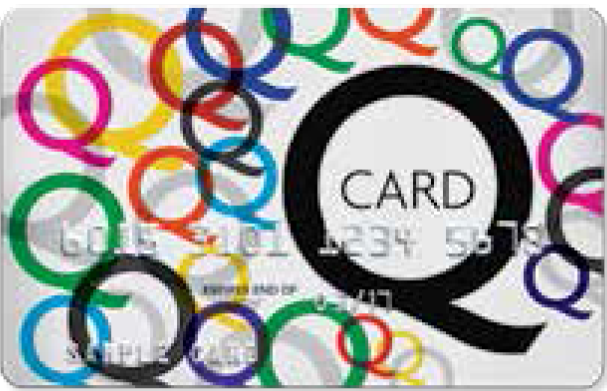Questions are often asked with regard to heat pumps and their requirement to defrost
Explaining Defrost in Heat Pumps
Questions are often asked with regard to heat pumps and their requirement to defrost. This document attempts to answer some of the most common questions. Answers are deliberately non-technical and do not cover specifics on any particular model, therefore some small allowances should be made for minor technical differences between units that can affect the way defrost is both initiated and then terminated.
Answers are deliberately non-technical and do not cover specifics on any particular model, therefore some small allowances should be made for minor technical differences between units that can affect the way defrost is both initiated and then terminated.
What is the Defrost Function?
Defrost function is a feature on every heat pump and is designed to remove ice build-up on the outdoor unit heat exchanger. This has occurred during the heating process of the heat pump because the outdoor part has been taking the heat and moisture from the air.
How can I tell if my unit is defrosting?
Most units will indicate defrost by flashing or illuminating LED’s on the front cover. This may be a red or green LED depending on the brand and model. Some units do not flash any lights, but may make noises different to those when it is operating normally.
Why does it need to happen?
If a heat exchanger is covered in ice the airflow is restricted and therefore the efficiency of the heat exchanger is greatly decreased. Ice on the heat exchanger also acts as a thermal insulation barrier preventing heat absorption. By defrosting the heat exchanger the efficiency is increased.
How often does it need to happen?
This really depends on the following factors.
- How cold / damp is the air around the outdoor unit
- How much work the unit is required to do, eg. room insulation, thermostat setting too high or greater expectation to heat adjacent areas.
- Are there any mechanical defects with the unit.
Assuming for now there are no mechanical defects…how often would my unit be expected to defrost?
Most units will not check for a defrost requirement until at least 45 minutes have elapsed from initial start up. This period should have given enough time to bring the room to temperature (assuming you have set a realistic and achievable temperature setting.)
After defrost has started… how long should it take to complete?
Defrosting function on most units is ended after a certain time has elapsed OR the outdoor unit heat exchanger temperature has risen sufficiently indicating that defrosting can be completed. Defrost termination can occur within 10 minutes.
If my unit is frequently defrosting... what could be wrong?
Regular and unsuccessful attempts to defrost an outdoor unit can be a sign that you have possibly set the thermostat to an unrealistically high setting. Or that it may have a mechanical defect or suffering from lack of maintenance. Refrigerant loss, heat exchangers blocked by dirt, restricted airflow due to obstruction such as foliage, blocked filters or undersized unit are all possible problems. First try cleaning the air intake filters to the indoor unit as this may help to reduce the frequency of defrost and will help improve product performance. Also check your unit is not set to a fixed low fan speed as this will prevent the unit delivering full heat capacity while it can. Adjust the fan speed to ‘auto fan’ as this allows the unit to automatically adjust the fan speed so the output capacity will match the requirement. If the unit is the correct size and the thermostat setting is realistic the fan will slow as the temperature rises. Turn the heating on earlier or leave it on in extremely cold conditions.
Is there anything I can do to decrease defrosting?
Your heat pump will need to defrost less and use less energy in a well insulated room. Keeping the doors and curtains closed will help;
Insulate your floors and ceiling if they aren’t already. Only set your thermostat to a maximum of 21 Degrees Celcius. This is usually high enough for comfort levels and most sizing calculations would be based on this. Thermostat settings higher than this will just cause your heat pump to work much harder, defrost more frequently and ultimately cost more to run.
 Hubands Energy has flexible, interest free terms available through Q Card on purchases over $1000. View finance details
Hubands Energy has flexible, interest free terms available through Q Card on purchases over $1000. View finance details